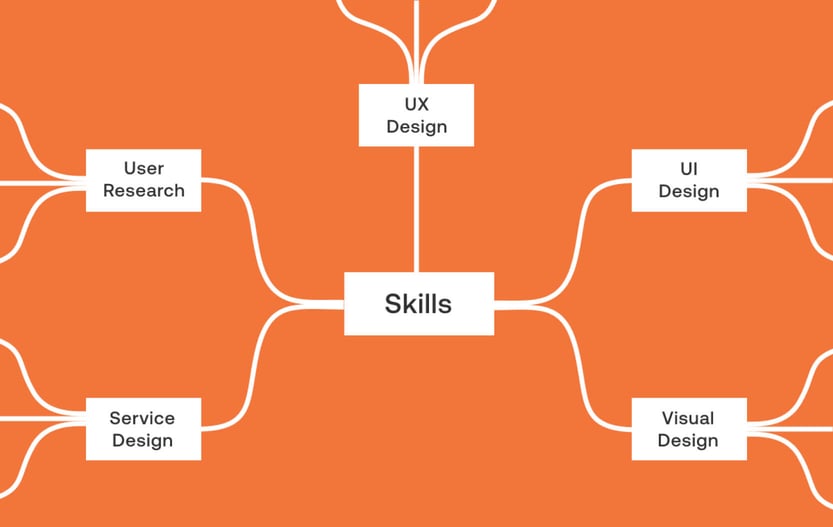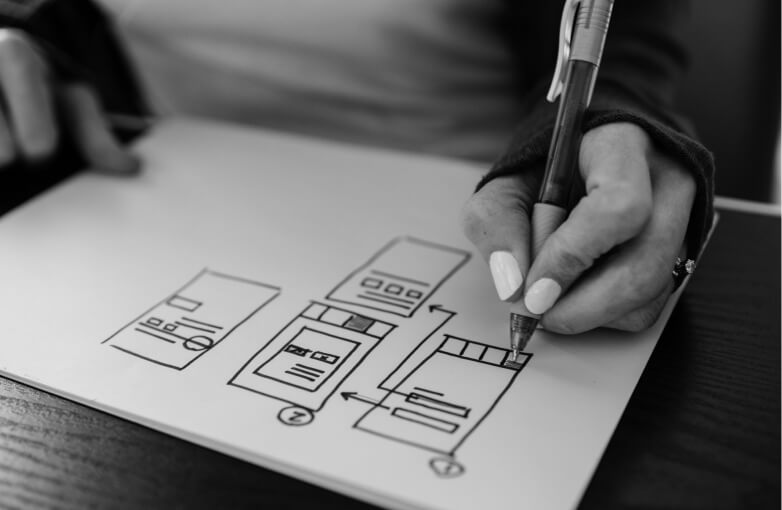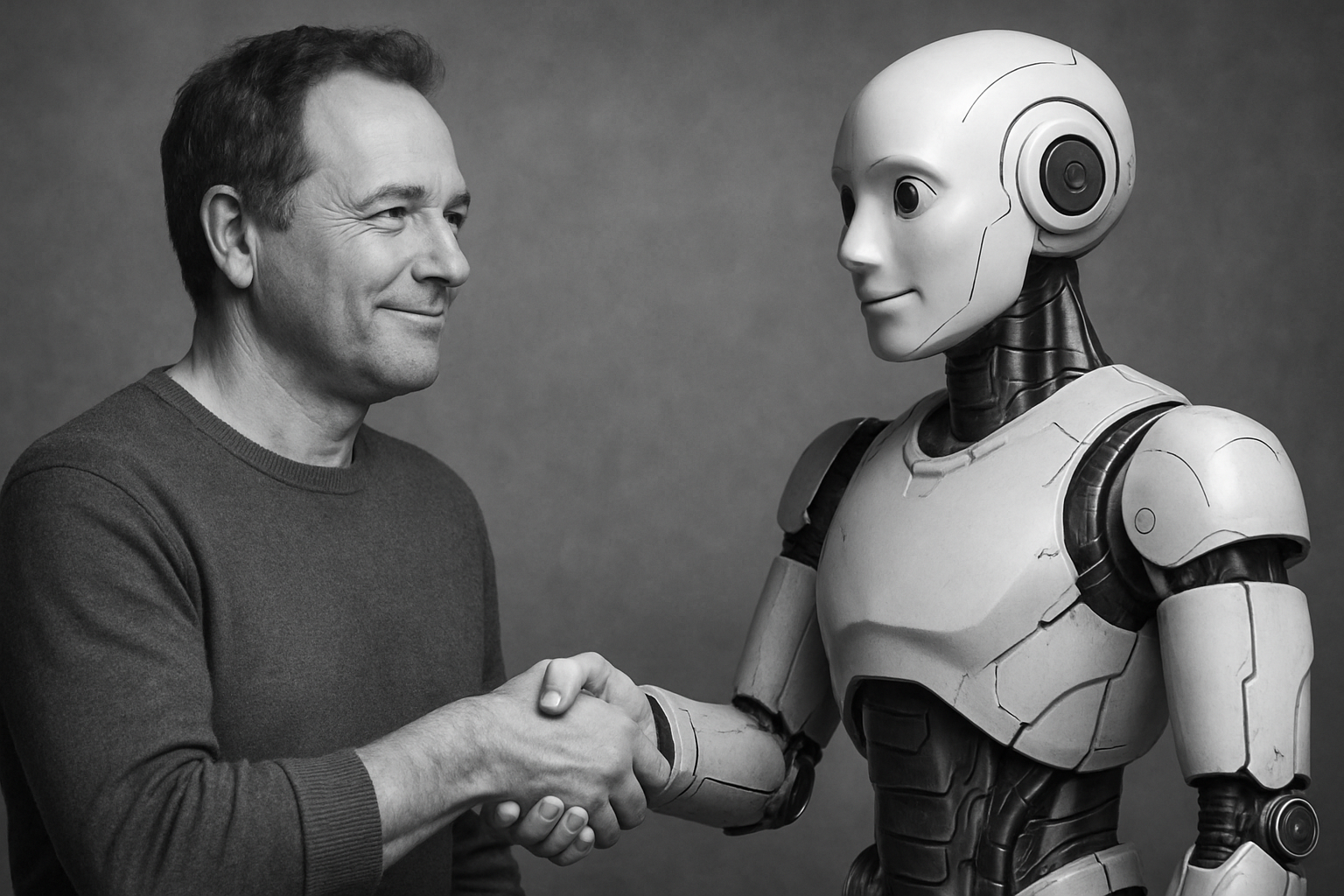Just a few of the skills that the best UX Designers have mastered: UX Concept creation, flow design, structure design, interview proficiency and stakeholder management.
But who determines your level of skill and how are they to do that? We have a sytem that might help. Let's take a look.
Let's look at the system
You do UX project work. That requires skills. Those skills can be grouped into competences. To work in your position, you need a certain set of competences.
In previous posts I talked about those competences and about the positions that make up our system of designers. Now it's time to get into the actual details of what you do each day: skills.
If we can rate your skills, we can objectively establish 2 things: 1) What type of designer are you? 2) At what level of seniority do you work?
But how do we rate skills?
Again, I refer back to my previous post about competences. There I made the distinction between UX Design-specific competences and Generic, or general competences. In short, it's easier to assess (UX) Design-specific competences (and therefore skills) based on output. Generic competences are about behaviour.

Context is king
Of course, it's possible to identify bad UX Designers based on their output. But from that base level upward, it becomes ever more difficult to assess the skill level of the designer purely on the output, because so much depends on context. Every project has different users, different stakeholders, different rules and regulations, different goals and a different level of UX maturity. All of these impact the quality of the final design.
Oh, behave
Assessing behaviour is an entirely different challenge. Partly, because different people often experience – and therefore judge - behaviour in different ways. (Are Dutch people straight-forward or rude?). Moreover, behaviour is never a one off; it’s the way you operate in multiple situations over the course of a project.
Skills are concrete
In my intro I wrote “stakeholder management”. In practice, “stakeholder management” is too broad a term to assess. It’s the way you interview stakeholders, persuade stakeholders, present findings or a design, facilitate a stakeholder session, and more, that are actually skills. The more concrete the description, the more accurate the rating of a designers’ skills.
Different skills mean different things to different people
We can’t expect a project manager to be able to assess design output quality. Equally, it’s impossible for someone in design management to assess behaviour in a project they were not involved in.
In order to get balanced feedback about a designer, we recommend a 360 degree feedback loop. That means that you need to get multiple people including designers and stakeholders alike - to rate your skill proficiency in a project you worked on. A certain variety in the type of stakeholders is important to receive a balanced assessment.
Only then will you get the answer to the question: How good are you as a designer?
Beware the “one and done”
Getting a good rating in one project, or with one client, doesn’t make you a senior, expert or authority. Displaying a high level of proficiency in multiple projects, for multiple people and clients with a different level of UX maturity, will be proof that you have levelled up as a designer.
The best UX Designers have these skills
To list all skills here (for generic as well as UX specific competences) would be going too far. What I can say is that I think the best UX Designers are the ones who are great at the research and analytical part of our work. And who are able to create something valuable on a conceptual, more abstract level, from that analytical work.





